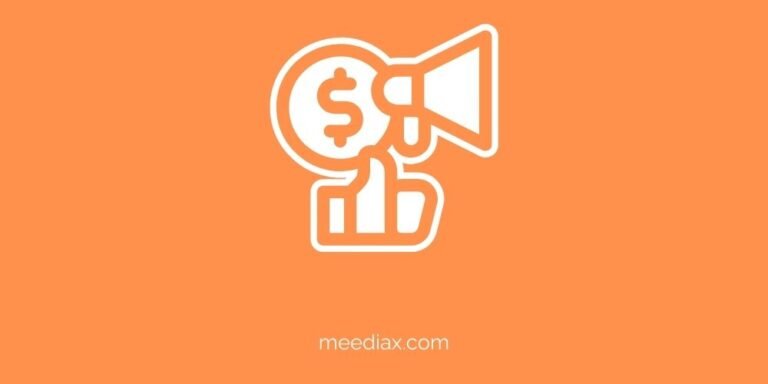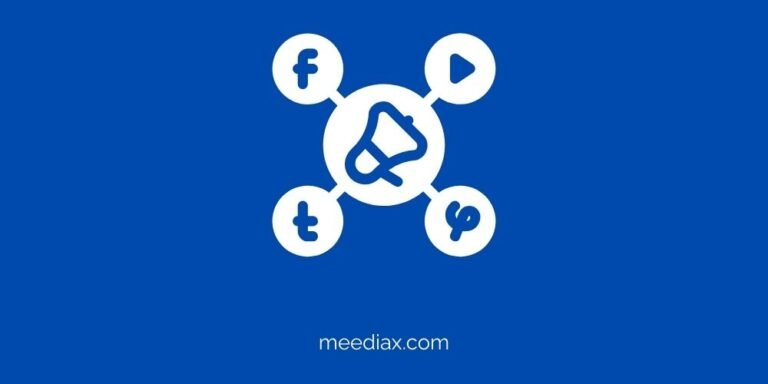Intro to CRO: Unlock Your Website’s Potential
What is conversion rate optimization (CRO)?
Conversion rate optimization (CRO) is the process of improving the percentage of visitors to a website who take a desired action, such as making a purchase or filling out a form.
This can involve testing different design elements, such as the layout or copy on a website, to see which versions are most effective at converting visitors into customers.
The goal of conversion rate optimization is to increase the number of conversions on a website, which can lead to more sales and revenue for a business.
Why conversion rate optimization?
Conversion rate optimization is important because it can help businesses to increase their sales and revenue.
By testing different elements of a website and identifying which versions are most effective at converting visitors into customers, businesses can make changes to their website that are more likely to result in conversions.
This can be a cost-effective way to improve the performance of a website and drive more revenue for the business.
Additionally, conversion rate optimization can help businesses to better understand their customers and their preferences, which can inform other areas of the business, such as product development and marketing.
5 benefits of conversion rate optimization
Some of the benefits of conversion rate optimization include:
- Increased sales and revenue: By improving the conversion rate on a website, businesses can generate more sales and revenue from their online traffic.
- Cost-effective growth: Conversion rate optimization is a cost-effective way to drive growth, as it involves testing and making changes to a website rather than spending money on expensive advertising campaigns.
- Better understanding of customers: Through conversion rate optimization, businesses can learn more about their customers and their preferences, which can inform other areas of the business, such as product development and marketing.
- Improved user experience: By testing different elements of a website and identifying which versions are most effective at converting visitors into customers, businesses can create a better user experience for their website visitors.
- Higher search engine rankings: Websites that have a high conversion rate are often favored by search engines, which can result in higher search engine rankings and more organic traffic to the site.

How to implement CRO on your website?
Here are some steps you can take to implement conversion rate optimization on your website:
- Define your goals: Start by defining the specific actions that you want visitors to take on your website, such as making a purchase or filling out a form. These goals will serve as the basis for your conversion rate optimization efforts.
- Identify areas for improvement: Next, look for areas on your website where visitors may be dropping off or not taking the desired action. This could include the checkout process, a registration form, or a specific product page.
- Test different versions: Once you have identified areas for improvement, create multiple versions of the page or process and test them to see which version is most effective at converting visitors into customers. This can be done through A/B testing, where two versions of a page are shown to different groups of visitors and the results are compared.
- Analyze the results: Once you have conducted your tests, analyze the results to see which version performed the best. Make note of any significant differences in conversion rates and consider implementing the winning version on your website.
- Continue testing and optimizing: Conversion rate optimization is an ongoing process, so continue testing and making improvements to your website over time. This will help you to continually improve your conversion rates and drive more revenue for your business.
Most popular tools for conversion rate optimization
There are many tools available to help with conversion rate optimization. Some popular options include:
- Google Analytics: This is a free tool from Google that provides detailed information about your website’s traffic and performance. You can use it to track the success of your conversion rate optimization efforts and see how different versions of your pages are performing.
- Crazy Egg: This tool provides heat maps and other visualizations that show where visitors are clicking on your website. You can use this information to see where visitors are dropping off and identify areas for improvement.
- Optimizely: This is a popular A/B testing tool that allows you to easily create and test multiple versions of your pages. It includes features for analyzing the results of your tests and making decisions based on the data.
- Unbounce: This is a tool specifically designed for creating and testing landing pages. It includes a visual editor for building pages and a range of templates to help you get started quickly.
- VWO: This is another A/B testing and conversion rate optimization tool that includes features for testing different elements of your website, such as headlines, buttons, and images. It also includes tools for analyzing the results of your tests and making data-driven decisions.
Important conversion rate optimization metrics
There are several important metrics to consider when doing conversion rate optimization. Some of the most important ones include:
- Conversion rate: This is the most fundamental metric in conversion rate optimization, as it shows the percentage of visitors to your website who take a desired action, such as making a purchase or filling out a form.
- Bounce rate: This is the percentage of visitors who leave your website after viewing only one page. A high bounce rate can indicate that visitors are not finding what they are looking for on your website, which can impact your conversion rate.
- Time on site: This metric shows the average amount of time that visitors spend on your website. A longer time on site can indicate that visitors are engaged with your content, which can improve your chances of converting them into customers.
- Exit rate: This is the percentage of visitors who leave your website from a specific page. A high exit rate on a particular page can indicate that there is a problem with that page, such as a confusing layout or confusing copy, which can be addressed through conversion rate optimization.
- Revenue per visitor: This metric shows the average amount of money that each visitor to your website spends. Increasing this metric can be a key goal of conversion rate optimization, as it can directly impact your bottom line.
Conclusion
In conclusion, conversion rate optimization is the process of improving the percentage of visitors to a website who take a desired action, such as making a purchase or filling out a form.
This can involve testing different elements of a website, such as the layout or copy, to see which versions are most effective at converting visitors into customers.
Conversion rate optimization is important because it can help businesses to increase their sales and revenue, and it can be a cost-effective way to drive growth.
There are many tools and metrics available to help with conversion rate optimization, and it is an ongoing process that can help businesses to continually improve their websites and drive more revenue.





